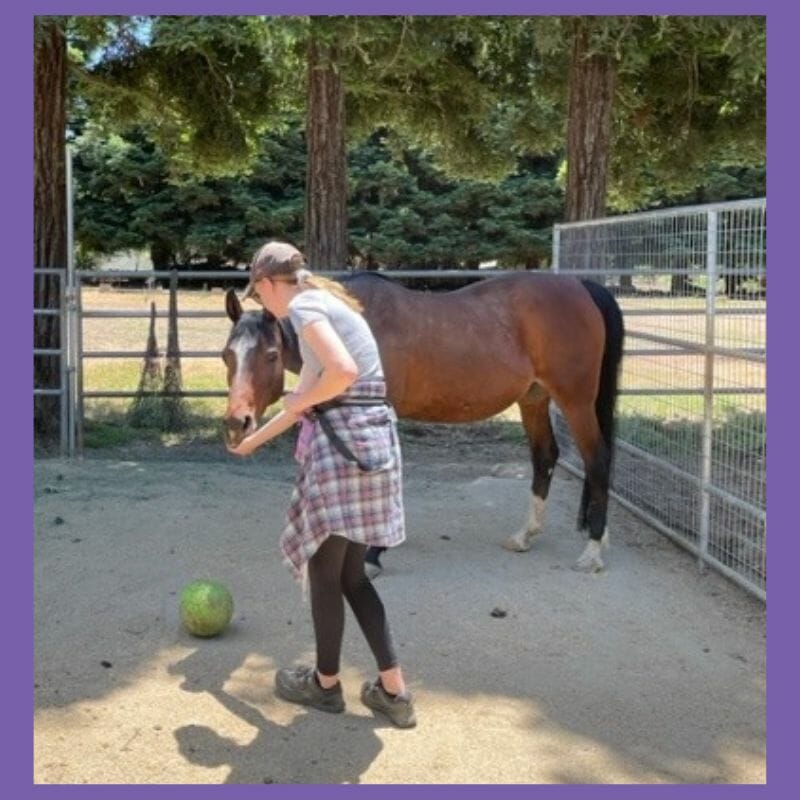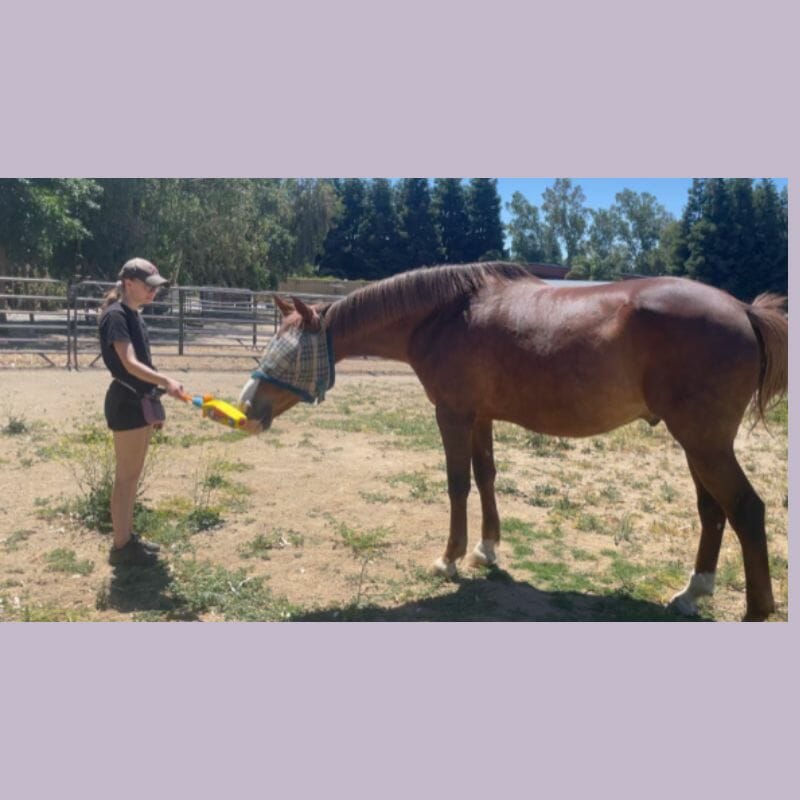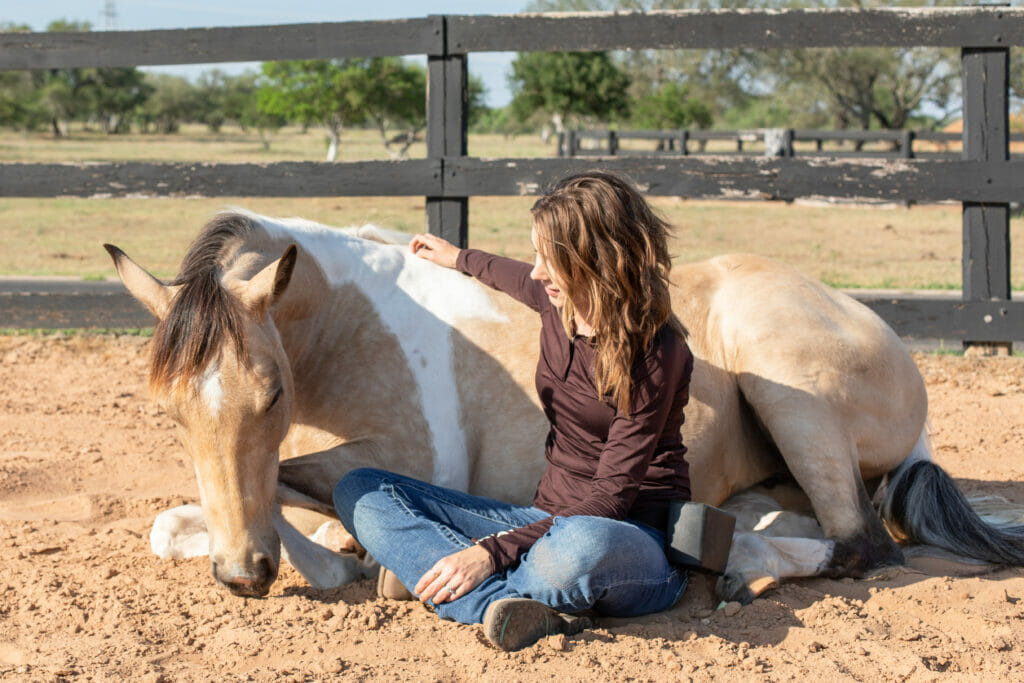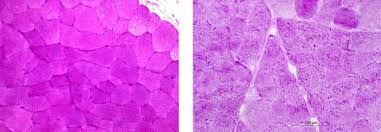
Contributed by Adele Shaw of The Willing Equine
When we talk about reinforcement in horse training we are talking about the act of reinforcing or strengthening behaviors. How, when, and what kind of reinforcement we use encourages different behaviors to repeat in the future.
Types of Reinforcement
There are two types of reinforcement in learning theory: positive reinforcement and negative reinforcement. Keep in mind, this is negative as in “subtraction” or “removal”, and positive as in “addition” or “adding”.
With negative reinforcement we apply something mildly aversive or annoying, such as a squeeze of our legs. When the horse steps forward we take our legs off, removing the aversive stimuli, which reinforces the behavior of stepping forward. The removal of the squeeze from our legs is what encourages more of the stepping forward in the future.
It would be easy to look at that situation and think that the legs squeezing is what creates more of the walking forward behavior, but it’s actually the removal of the legs.
This means that the timing of when you remove your legs is critical! When you remove your legs you’re telling the horse, “yes! More of that”, and so they will do more of that in the future. If you removed your legs when your horse tossed his head, the horse would be reinforced for tossing the head. Now the legs squeezing will cause a head toss in the future.
With positive reinforcement we add something after the behavior happens to encourage more of the behavior we are looking for.
This could look like your horse being curious and touching a ball on the end of a stick, and then you give him a hay pellet. If you repeat, your horse will quickly start to learn that if they touch the ball on the stick a hay pellet arrives.

Again, it would be easy to look at that ball and stick and think that the ball and stick are causing the horse to touch it. That’s not the case though. If the horse touched the ball and stick and nothing happened, they might try one more time but would probably very quickly lose interest and stop touching the ball and stick. It’s the arrival of the hay pellet afterwards that reinforces (encourages) the behavior to happen again. But again, timing is critical! We will talk more on this in a moment.
The important part to remember here, is with both positive and negative reinforcement, the access to reinforcement is what motivates more of the behavior. Understanding reinforcement is necessary for being able to talk about the next two important topics: Timing, and frequency of reinforcement.








